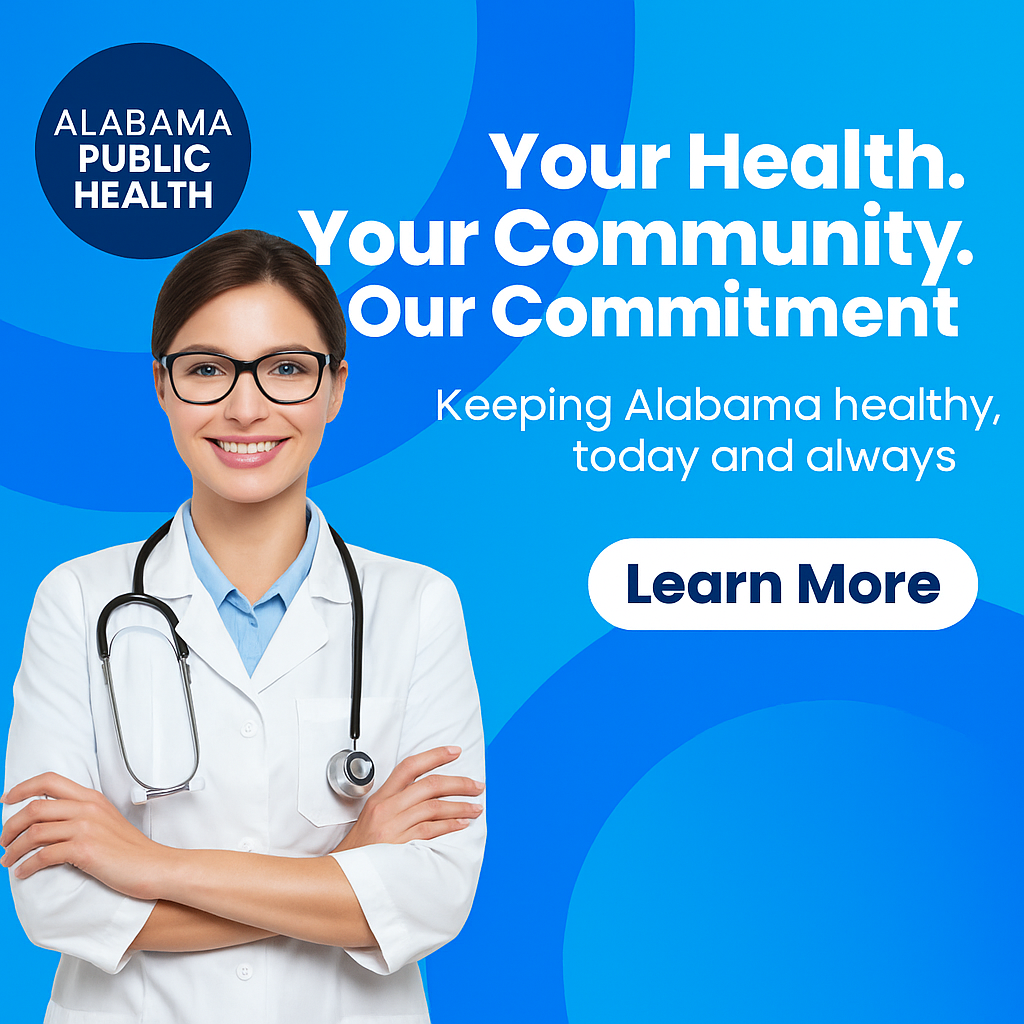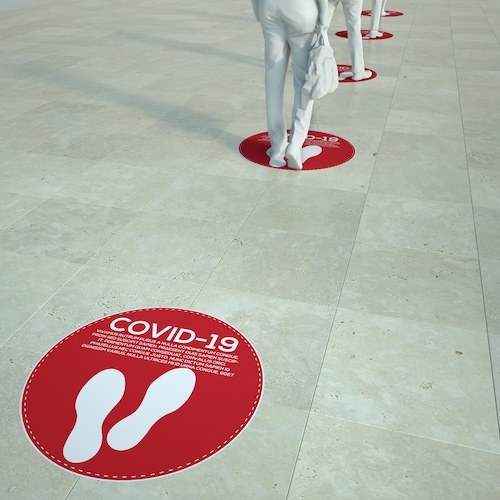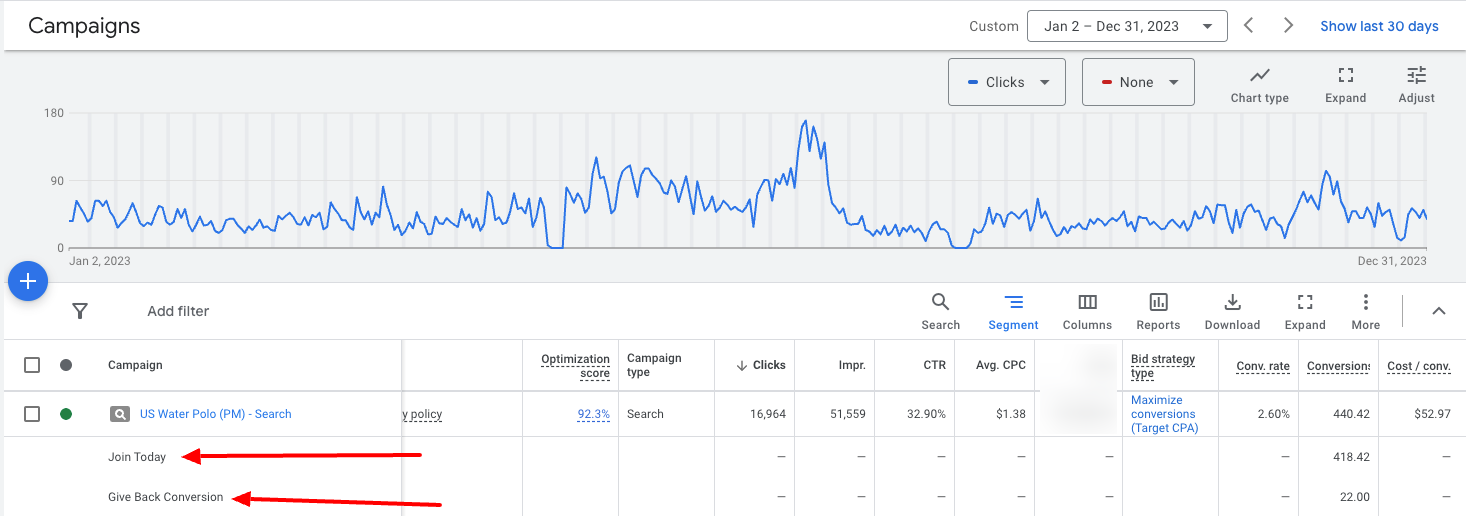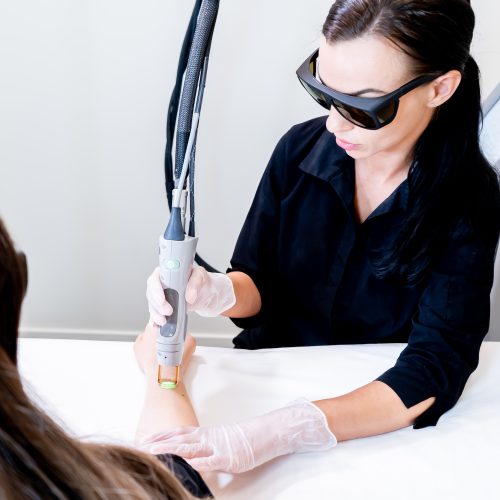Client Overview
The Alabama Department of Public Health (ADPH) Office of Oral Health plays a vital role in improving community wellness by addressing preventable oral health issues. For this initiative, ADPH aimed to promote awareness and encourage positive dental health behaviors across maternal, child, and underserved populations throughout Alabama.
As part of its broader mission to close gaps in public health access, ADPH partnered with Propellant Media to plan and execute a high-impact awareness campaign that could reach communities often left out of traditional outreach. Our focus was on delivering relevance, education, and measurable outcomes.
Campaign Challenge
In Alabama, access to dental care is uneven—especially in rural counties and low-income communities. Many caregivers are unaware of preventive measures or local resources available to them. ADPH needed to bridge this knowledge gap and motivate action without overwhelming or alienating their audience.
Our task was to create a full-funnel advertising strategy capable of both scale and precision. We had to make oral health information accessible, engaging, and culturally relevant—reaching the right people at the right time, whether online or in their daily physical environments.
Strategic Philosophy: Behavioral Targeting with Cultural Relevance
Our approach to this campaign was grounded in the idea that public health engagement is as much about trust as it is about visibility. We combined behavioral audience modeling with insights from prior government and healthcare campaigns to inform our targeting, messaging, and delivery.
Instead of using broad public service announcements, we deployed segmented, behavior-based advertising that resonated with specific audience types—mothers, fathers, caregivers, and healthcare professionals. Each tactic was chosen to reflect how different communities consume information and make health decisions.
By focusing on cultural nuance, accessibility, and omnichannel reach, our strategy aimed to generate not only awareness, but also real behavioral change in communities that need it most.
Targeting Strategy: Who We Reached and Where
Our media strategy was built on layered audience segmentation and geographic targeting. We developed custom personas and used both platform-level and third-party data to locate high-potential users and communities across the state.
We targeted:
- Mothers (ages 18–45) interested in maternal health, family care, and public health topics
- Fathers and male caregivers actively involved in child rearing
- Healthcare professionals such as pediatricians, OB/GYNs, and WIC staff
- Underserved populations in rural and low-income zip codes
To support message consistency, we combined statewide digital reach with physical proximity targeting—serving ads near WIC offices, pharmacies, pediatric clinics, and community centers.
This layered strategy ensured maximum message frequency across environments where health decisions are most likely to happen—whether in homes, cars, clinics, or on mobile devices.
Media Mix and Budget Allocation
Propellant Media executed an omnichannel campaign designed for both awareness and conversion. We leveraged digital, streaming, and traditional media to ensure we reached all segments of the target population.
The modeled media budget totaled $100,000 and was allocated across the following channels:
| Channel | Budget | Strategy Purpose |
|---|---|---|
| Google Search & Display | $20,000 | Targeted search and banner ads for users actively seeking health information |
| Meta (Facebook/Instagram) | $15,000 | Interest-based and demographic targeting for parents and caregivers |
| YouTube Video Ads | $15,000 | Short-form educational videos aimed at search-driven viewers |
| OTT/Connected TV | $10,000 | Household-targeted video ads on Hulu, Roku, and other streaming platforms |
| Geofencing & Programmatic Display | $10,000 | Location-specific messaging served near care centers |
| Programmatic Audio (Spotify, Podcasts) | $7,000 | Audio messaging during family routines and commutes |
| Billboards | $13,000 | Reinforcement messaging in rural and high-traffic metro corridors |
| Site Retargeting | $10,000 | Re-engagement of prior ADPH site visitors |
Each media channel was chosen based on its ability to connect meaningfully with its intended audience while allowing for data-driven optimizations throughout the campaign lifecycle.
Creative Execution and Messaging
Effective public health messaging must be clear, credible, and emotionally resonant. Our creative approach focused on community-driven storytelling, simple health tips, and visual clarity tailored to diverse audiences.
We developed:
- Short-form video ads with pediatric dental tips and testimonials from Alabama families
- Static and animated display banners emphasizing preventive care practices
- Facebook and Instagram carousel ads promoting resources and dental appointment reminders
- Billboards featuring visual messaging designed for commuter routes and rural exposure
Creative assets were informed by audience testing and feedback from prior healthcare campaigns. Content was optimized for accessibility and mobile engagement, ensuring that no matter the device or platform, the message would be understood.
This creative system ensured consistent messaging across formats and platforms, reinforcing behavior change through repetition, emotion, and localized relevance.
Modeled Performance Benchmarks
As a publicly funded campaign, our success metrics prioritized awareness, engagement, and cost-efficiency. We benchmarked performance against both internal Propellant Media standards and public health advertising norms.
| Key Performance Indicator (KPI) | Target Value |
|---|---|
| Google Search CTR | 3–5% |
| YouTube Video Completion Rate | 75%+ |
| OTT/CTV View-Through Rate | 85%+ |
| Total Campaign Impressions | 10M+ |
| Meta Engagement Rate | 4–6% |
| Site Retargeting Conversion Lift | 2x higher than baseline |
| Overall Website Engagement Increase | 25–40% |
These benchmarks allowed us to make informed mid-campaign decisions and provide ADPH with transparent reporting to demonstrate return on investment and public impact.
Execution Timeline and Delivery
The campaign followed a streamlined six-week delivery schedule designed to balance speed, accuracy, and optimization:
Week 1:
Audience research, creative development, platform setup, and analytics implementation
Week 2:
Full campaign launch across all digital and streaming platforms
Weeks 3–4:
Performance analysis, A/B testing, and media optimization based on real-time insights
Weeks 5–6:
Creative refresh, scaling of high-performing segments, and preparation for reporting
This delivery schedule ensured efficiency without sacrificing strategy or quality. Each week built upon the last, allowing us to capture early momentum and optimize toward final KPIs.
Team Structure and Capabilities
Propellant Media deployed a multidisciplinary team to ensure every element of the campaign was handled with expertise. Our team brought together strategic planners, creative directors, media buyers, and analysts with deep experience in government and healthcare marketing.
| Role | Team Members |
|---|---|
| Strategy & Planning | Justin Croxton, Katherine Parks |
| Media Buying | Dylan Meetze, Juan Gomez, Aaron King |
| Creative Direction | Diana Woodruff |
| Analytics & Reporting | Aaron King |
This structure allowed for seamless execution, consistent client communication, and full accountability across planning, delivery, and optimization.
Technology Stack and Tools
To ensure high performance and actionable insights, we utilized a suite of advertising and analytics tools tailored for public health campaigns:
- Google Ads (Search, Display, YouTube)
- Meta Business Suite (Facebook/Instagram Ads)
- Simpli.fi (Geofencing, OTT/CTV)
- StackAdapt (Programmatic Audio and Display)
- Google Tag Manager & GA4 for tracking and attribution
- Real-Time Dashboards for live reporting and stakeholder transparency
This technology stack supported accurate targeting, campaign responsiveness, and data-driven storytelling—key to achieving the goals of a statewide public health initiative.
Comparable Campaigns and Experience
Propellant Media’s experience with similar campaigns made us an ideal partner for ADPH. We’ve helped public health and government clients across the country amplify their reach and impact through digital transformation.
Relevant examples include:
- CDC – SPINE Program: Nutrition equity education for Black mothers across five states
- Florida Blue: Statewide healthcare enrollment campaign targeting African-American communities
- Children’s Healthcare of Atlanta: Sickle cell awareness fundraising among Georgia families
- Craig Hospital: Omnichannel nursing recruitment through geofencing, OTT, and testimonial video
Each campaign reinforced our belief in precision-targeted, culturally conscious advertising—and provided valuable learnings we applied to ADPH’s outreach.
Conclusion and Results Outlook
The ADPH Department of Oral Health campaign illustrates what’s possible when digital strategy meets health equity goals. Through integrated creative, channel diversity, and community-specific messaging, we empowered thousands of Alabama families with actionable oral health information.
Balancing strategy with compassion and analytics with accessibility, Propellant Media created a campaign that drove engagement while delivering meaningful public health value. The performance benchmarks show strong projected returns, and the strategic infrastructure is now in place for future phases of outreach.
For government organizations and healthcare providers seeking to educate, influence, and uplift at scale—this is what success looks like.









 Craig Hospital worked with Propellant Media for over a year. Below were the results during that time.
Craig Hospital worked with Propellant Media for over a year. Below were the results during that time.







 But just as important as that was the 8 conversions we drove from our geofencing campaign audience we build for the client in their Facebook Ads manager. Our cost per conversion came out to be
But just as important as that was the 8 conversions we drove from our geofencing campaign audience we build for the client in their Facebook Ads manager. Our cost per conversion came out to be 





